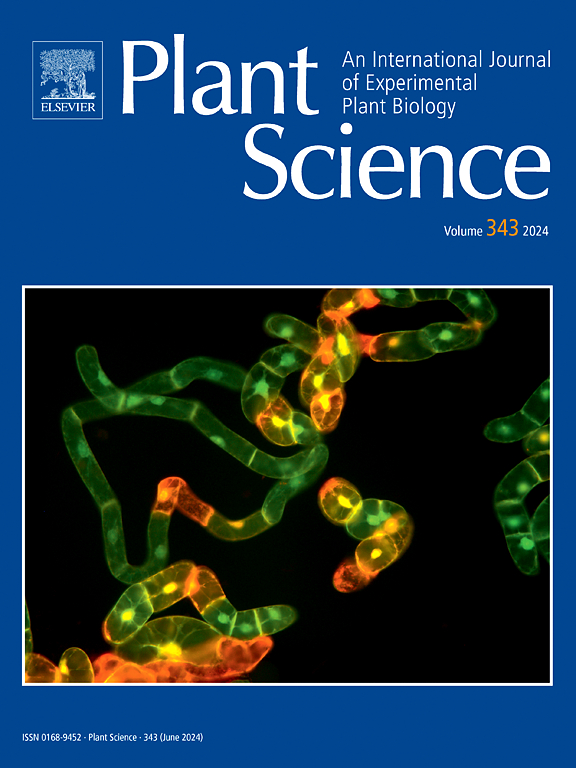ABA-INSENSITIVE 4 promotes nicotine biosynthesis under high light in Nicotiana attenuata
IF 4.2
2区 生物学
Q2 BIOCHEMISTRY & MOLECULAR BIOLOGY
引用次数: 0
Abstract
Nicotine is a primary alkaloid-derived secondary metabolite found in tobacco (Nicotiana spp.). Excessive light exposure damages chloroplasts and enhances the production of protective secondary metabolites. However, the impact of high light (HL) on nicotine biosynthesis has not been thoroughly explored. We used a comprehensive array of physiological, biochemical, and transgenic analyses to elucidate the role of abscisic acid (ABA)-insensitive 4 (NaABI4) in HL-induced nicotine accumulation in wild tobacco (Nicotiana attenuata). NaABI4, which encodes a key mediator in the retrograde signaling pathway between the chloroplasts and nucleus, was found to induce NaHY5 expression. NaHY5 acts as a long-distance mobile signal, activating putrescine N-methyltransferase 1 (NaPMT1) and quinolinate phosphoribosyl transferase (NaQPT) genes, which are crucial for root nicotine biosynthesis. Moreover, NaABI4 activated the leaf-specific multidrug and toxic compound extrusion (MATE) transporters, NaJAT1 and NaJAT2, facilitating nicotine translocation from the root to the leaf. Notably, NaABI4 is activated by NaPTM, a PHD-type transcription factor with transmembrane domains that encodes a chloroplast envelope–bound transcription factor. These findings offer novel insights into NaABI4-mediated nicotine biosynthesis and reveal its coordination through NaPTM-dependent retrograde signaling under HL stress condition.
求助全文
约1分钟内获得全文
求助全文
来源期刊

Plant Science
生物-生化与分子生物学
CiteScore
9.10
自引率
1.90%
发文量
322
审稿时长
33 days
期刊介绍:
Plant Science will publish in the minimum of time, research manuscripts as well as commissioned reviews and commentaries recommended by its referees in all areas of experimental plant biology with emphasis in the broad areas of genomics, proteomics, biochemistry (including enzymology), physiology, cell biology, development, genetics, functional plant breeding, systems biology and the interaction of plants with the environment.
Manuscripts for full consideration should be written concisely and essentially as a final report. The main criterion for publication is that the manuscript must contain original and significant insights that lead to a better understanding of fundamental plant biology. Papers centering on plant cell culture should be of interest to a wide audience and methods employed result in a substantial improvement over existing established techniques and approaches. Methods papers are welcome only when the technique(s) described is novel or provides a major advancement of established protocols.
 求助内容:
求助内容: 应助结果提醒方式:
应助结果提醒方式:


